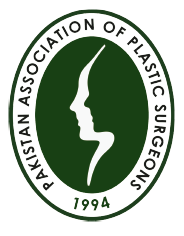
Polydactyly is when more than five digits are present in a hand. One of the most common upper limb malformations. Often bilateral,commoner in boys. Incidence is 1:2000 among Caucasians, 1:150 among African Americans.
Extra digits since birth may be located on the Medial (ulnar) border, Centre, lateral (radial) border
Polydactyly correction depends on its type:
Type I: soft tissue mass without skeletal structure… Can be excised under local anaesthetic in the first few weeks of life.
Type II: digit contains all normal components
Type III: complete digit with metacarpal.
Types II and III: surgical excision and reconstruction of soft tissue elements: ∘ Attachments of the ligaments and muscle (ulnar collateral ligament (UCL) and abductor digiti minimi (ADM) are transferred to the adjacent finger).
Outcome depends on the location and size of the fistula and status of surrounding tissues. Although most of the fistula closes after the surgery, some may recur and requires further surgery.
It usually takes less time than the original hypospadias repair and completes in less than an hour.
The surgery is performed under general anaesthesia and as a day care procedure. Patient can go home the same day after recovery from anaesthesia.
The most common complication is recurrence of the defect. Others complications include infection, difficulty in urination and stricture formation


